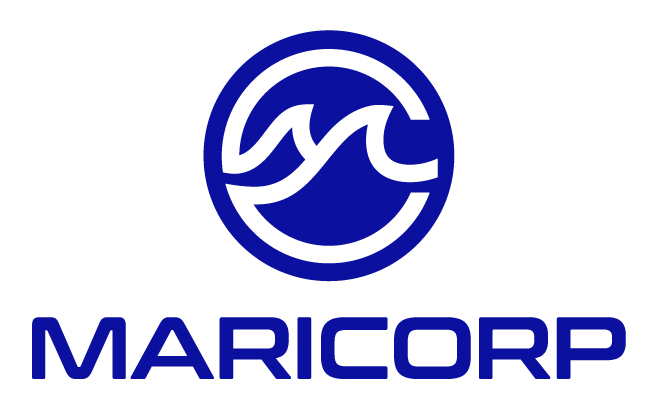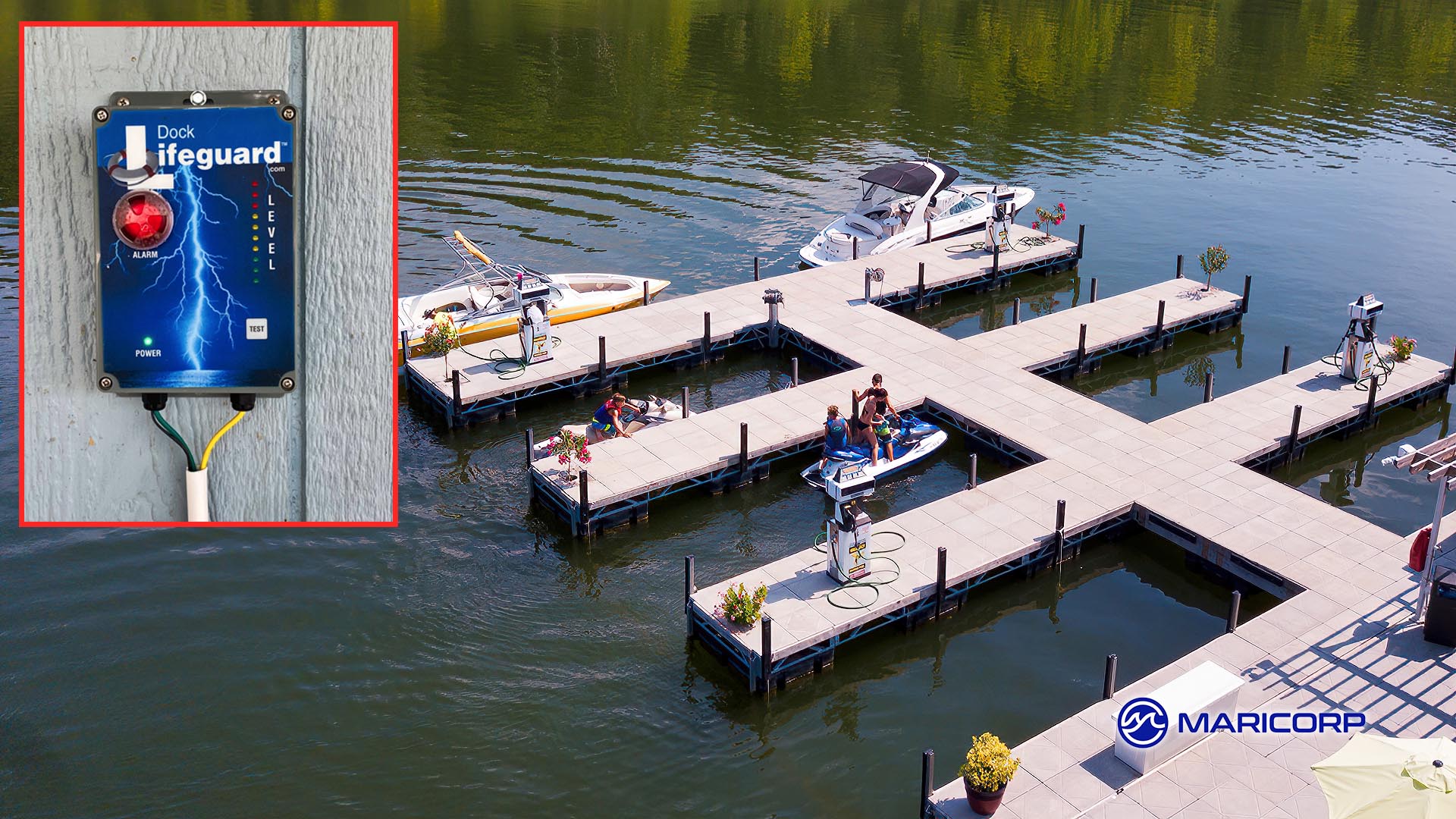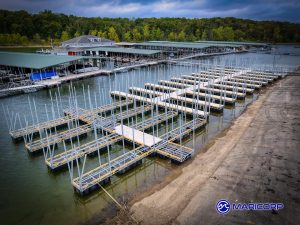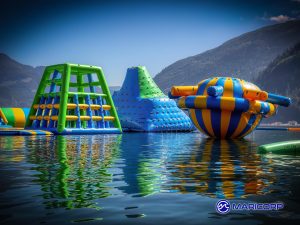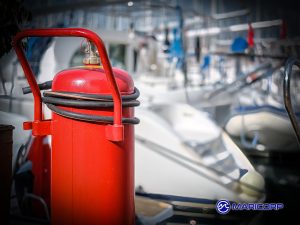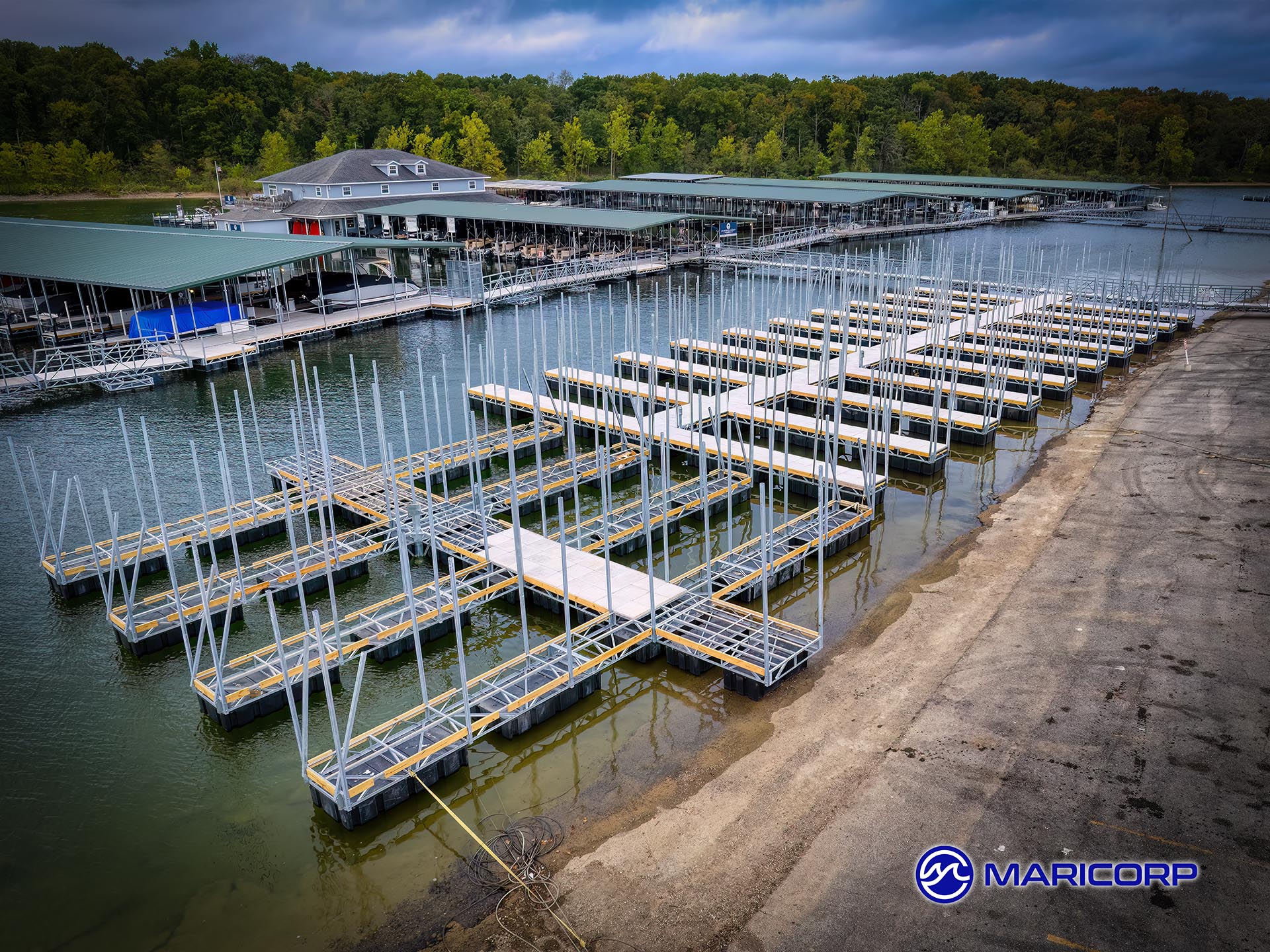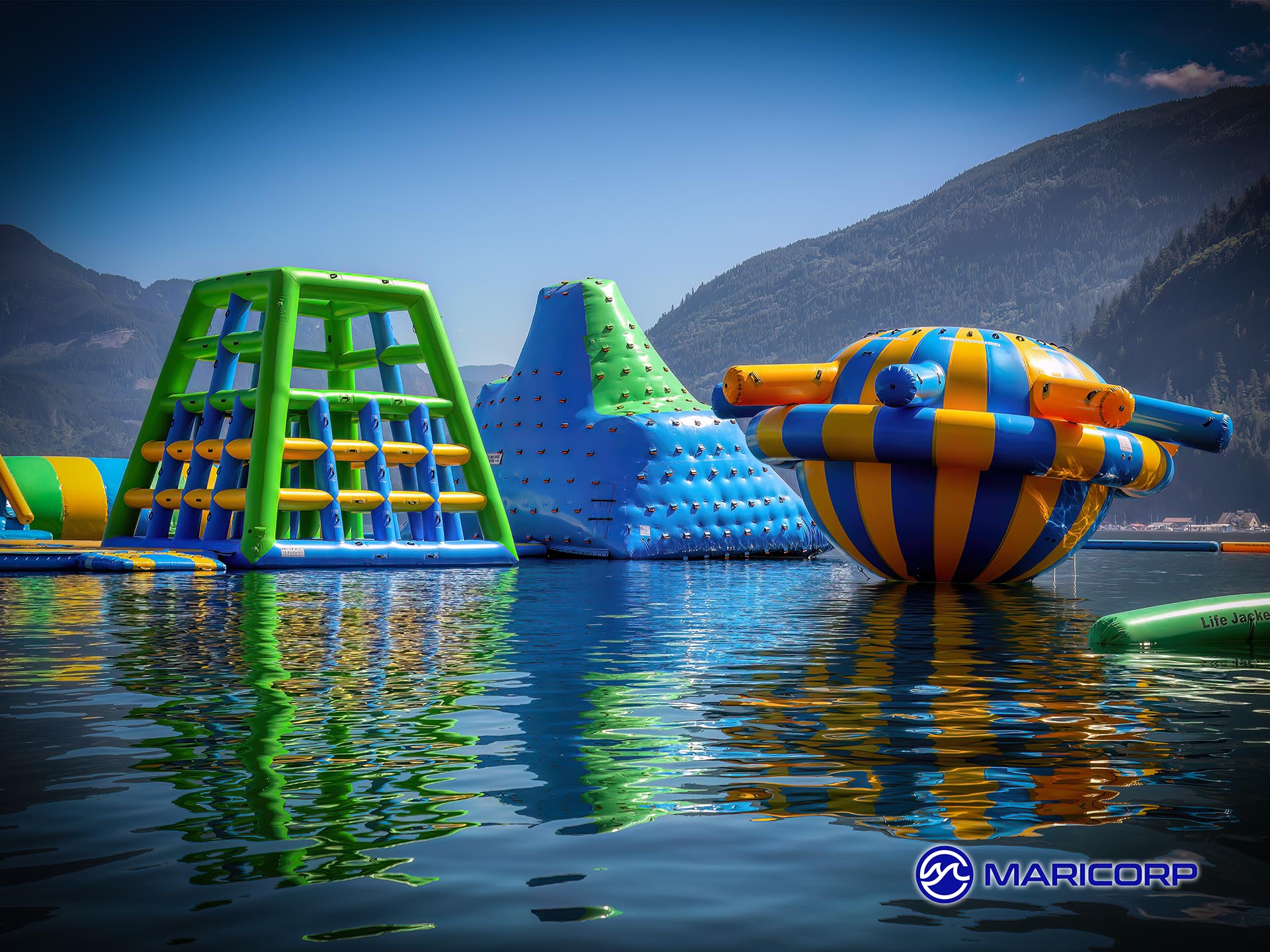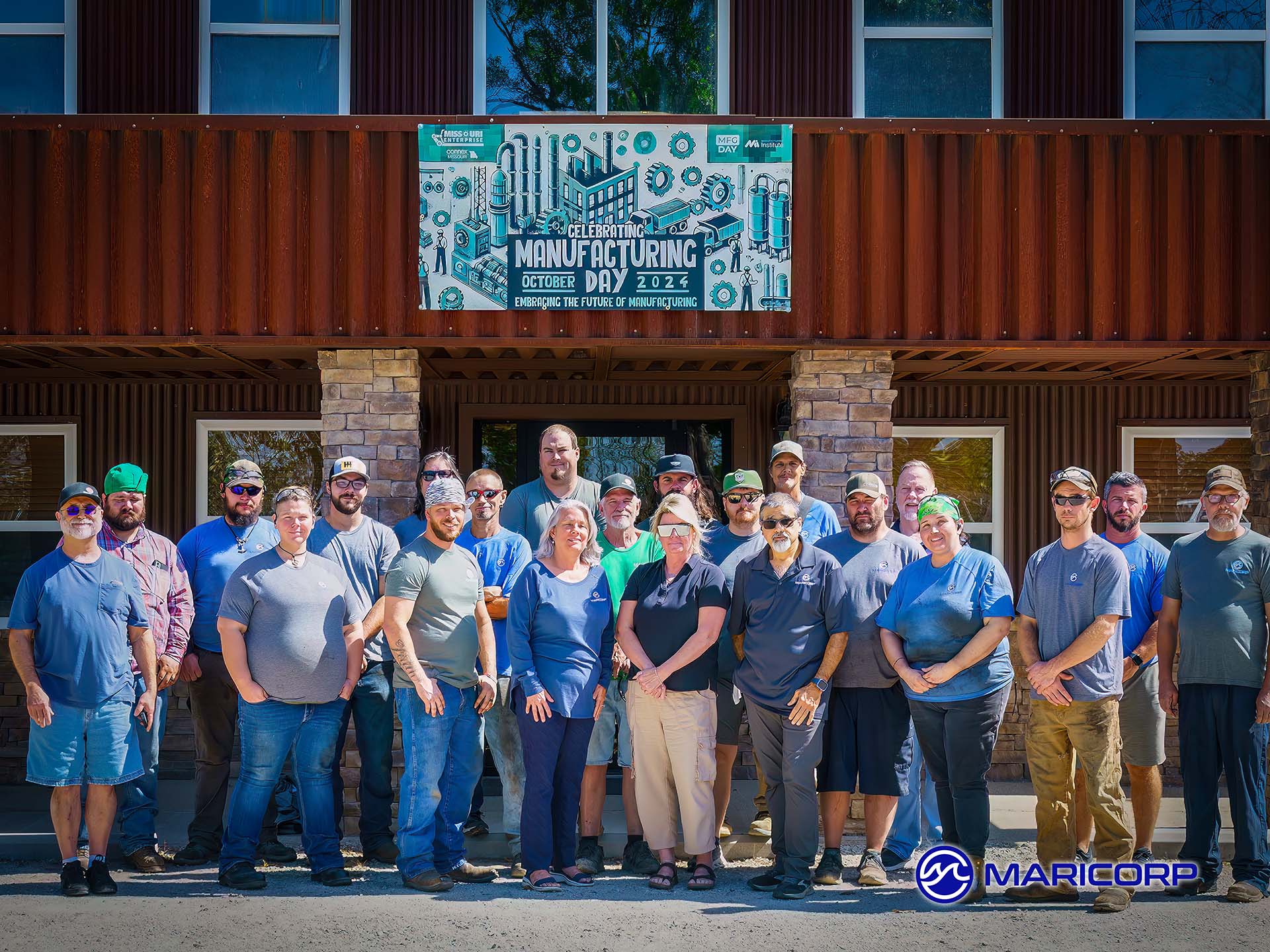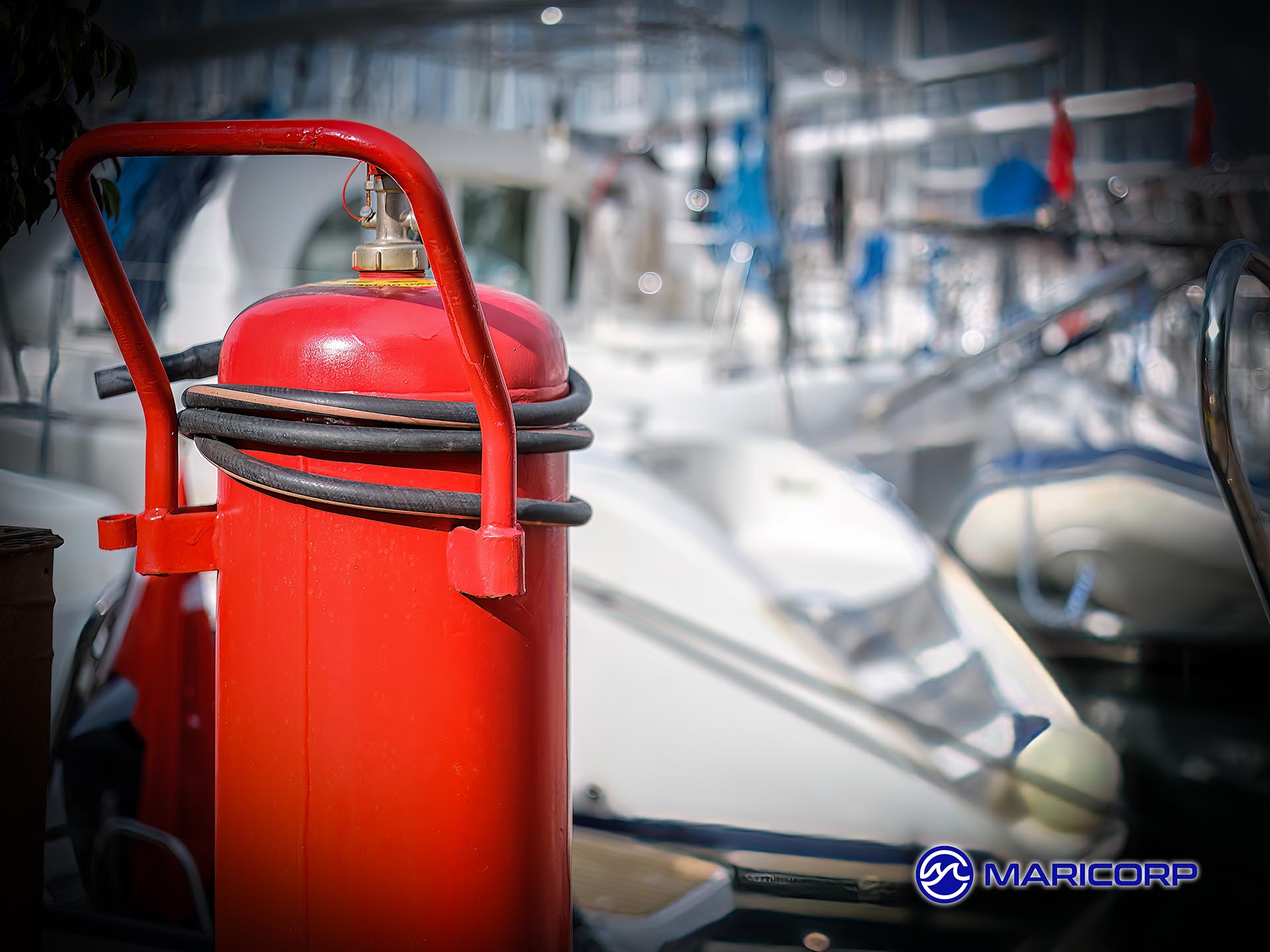Marina Installs ESD Prevention Tool
Owner operators of Campbell Point Marina on Table Rock Lake, Missouri, installed an ESD prevention tool to help prevent electric shock drowning (ESD). The device, one of many on the market, monitors the water for stray or leaked electrical current in the water next to the marina. Electric shock drowning occurs when swimmers in water become paralyzed because of stray current, unable to move or breath, ultimately leading to death. Swimmers can drown with as little as 100 millivolts of electricity in the water.
Gene Stimble, owner operator of Campbell Point Marina, said the main reason for pursuing the Dock Lifeguard solution was to provide a safety feature for the marina. “It was a good idea to have in there” says Stimble. The plan was to have a system in place in the event a boater fell into the water from the slip or while a guest was refueling at the gas dock.
Additionally, many houseboat tenants like to swim behind their boats in the dock, even though it is prohibited, and Campbell Point Marina has taken great measures to let all of their customers know that swimming is prohibited in and around the docks, including posted signs, letters, and even clauses explicitly stated in their signed contracts. Such a system would at least let people know there was a live current in the water.
In following up with a rep earlier this year, Stimble was able to cut a deal on the installation which significantly cut down on the overall implementation costs. Stimble was then able to install 3 units instead of one and is now a dealer for the DOCK Lifeguard.
They had looked at other products but settled on Dock Lifeguard because of its ease of use, reliability and accuracy. Since installing the Dock Lifeguard, the alarm has not gone off once – Stimble says he’s feels confident that there’s no dangerous electricity leaking into the water, and that provides a level of comfort not only for him but for his customers as well.
The installation was straightforward and easy. “The technician was able to install all three Dock Lifeguards in less than a day” said Stimble. The installation sites included Piers 5, 6 and the Ship Store Dock.
Stimble says that he hadn’t received any inquiries about installing an electric shock drowning alarm system but had done his research in keeping up with current safety regulations and wasn’t very convinced with some of the other brands he researched. One of the other systems they looked at involved dragging a device along the perimeter of the dock and waiting for it to beep. Not very effective for letting swimmers know of loose current in the water.
The Dock Lifeguard is installed in one location and works 24/7 and has a very loud alarm that can be heard throughout the dock. Not only does it have a larger radius of monitored water but can detect voltages as low as 80 millivolts. Once the installation was complete, Stimble posted a video showing the testing of the Dock Lifeguard system on his social media and let all his customers know of the new safety features that were installed and what to do if anyone heard the alarm go off.
Training was simple, basically teaching employees and staff how to test the system, and what to do when the alert goes off, making sure there is no one in the water, and then tracking down where the electricity is leaking from. “The system is so simple to use, there isn’t much required” said Stimble. Indicator lights will show green, yellow or red lights, when current is being detected in the water. When the level is dangerous, lighting up the red lights, the alarm goes off.
Stimble says he has other tools he uses specifically to track down leaked current, either from power pedestals or from boats. “This is basically a backup and a first responder. It tells you there’s electric in the water, not necessarily where or how much, but that you have a problem and need to go looking for the problem. It allows people to know there’s a problem there and not go jumping into the water” says Stimble. He tells customers “it still doesn’t mean you can go swimming!”.
Gene says that installing these units has helped his customers understand the seriousness of ESD – going to the expense of installing these systems. Customers begin to realize that ESD is actually a problem. “It’s not something we take lightly; this is a serious issue.”
As for future plans for safety, Stimble says they are always looking to put safety first. As members of the Marina Association, they always bring up topics and instances so they can address problems in unison. They talk about safety measures, specifically, about how to meet the new NEC Standards, and the difficulties and roadblocks each marina has faced.
For more information about Dock Lifeguard, you can contact Gene Stimble at Campbell Point Marina at 417-858-6331.
The products featured in this article are highlighted for informational purposes only. The inclusion of these products does not constitute an endorsement or recommendation. MariCorp has not tested and has not necessarily used these products. Their descriptions are based on available information and reviews. Readers are encouraged to conduct their own research and make decisions based on their individual needs and preferences.
Additional Information:
- Electrical Safety Foundation International
- ESD Prevention Association
- IAEI (International Association of Electrical Inspectors)
- Boat USA
Additional Safety Related Articles
- Electric Shock Drowning Prevention Tools
- 5 Marina Safety Programs & Tips
- Boat Fire Takeaways for a Safer Marina
- Product Focus: ShockIQ ESD Prevention Tool
- Dock Lifeguard Systems ESD Prevention
*Sign up for our free newsletter “Marina Management Journal” so you can stay up to date
About MariCorp
Maricorp is one of the largest floating boat dock manufacturing and construction companies in the United States, specializing in galvanized steel floating docks and boat lift systems. With projects spanning coast-to-coast, Maricorp provides marina consultation and design, marine construction, marina repair and renovation, and boat dock disaster response and demolition.
